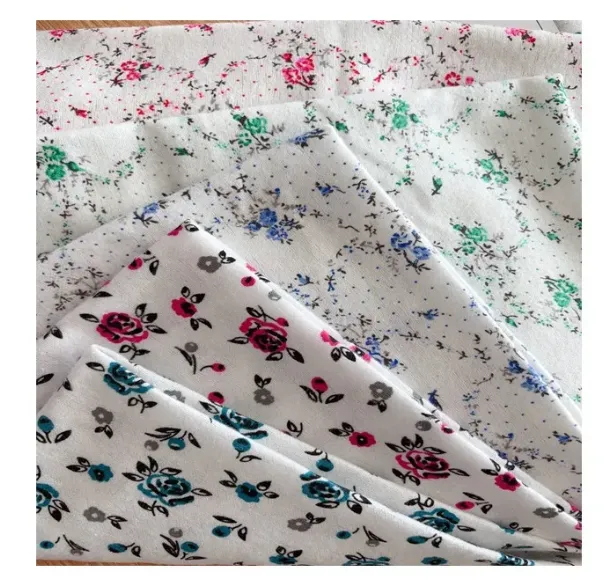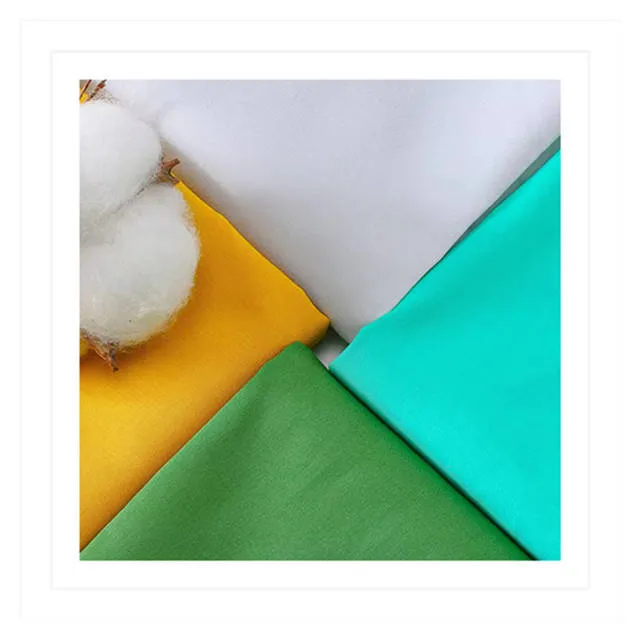
- Afrikaans
- Albanian
- Amharic
- Arabic
- Armenian
- Azerbaijani
- Basque
- Belarusian
- Bengali
- Bosnian
- Bulgarian
- Catalan
- Cebuano
- Corsican
- Croatian
- Czech
- Danish
- Dutch
- English
- Esperanto
- Estonian
- Finnish
- French
- Frisian
- Galician
- Georgian
- German
- Greek
- Gujarati
- haitian_creole
- hausa
- hawaiian
- Hebrew
- Hindi
- Miao
- Hungarian
- Icelandic
- igbo
- Indonesian
- irish
- Italian
- Japanese
- Javanese
- Kannada
- kazakh
- Khmer
- Rwandese
- Korean
- Kurdish
- Kyrgyz
- Lao
- Latin
- Latvian
- Lithuanian
- Luxembourgish
- Macedonian
- Malgashi
- Malay
- Malayalam
- Maltese
- Maori
- Marathi
- Mongolian
- Myanmar
- Nepali
- Norwegian
- Norwegian
- Occitan
- Pashto
- Persian
- Polish
- Portuguese
- Punjabi
- Romanian
- Russian
- Samoan
- scottish-gaelic
- Serbian
- Sesotho
- Shona
- Sindhi
- Sinhala
- Slovak
- Slovenian
- Somali
- Spanish
- Sundanese
- Swahili
- Swedish
- Tagalog
- Tajik
- Tamil
- Tatar
- Telugu
- Thai
- Turkish
- Turkmen
- Ukrainian
- Urdu
- Uighur
- Uzbek
- Vietnamese
- Welsh
- Bantu
- Yiddish
- Yoruba
- Zulu
Premium Polyester Linen Look Fabric – Durable, Stylish Blends for Upholstery & Décor
- Introduction to polyester linen look fabric
: definition, popularity, and significance - Technical advantages of polyester linen look fabric: materials, weave methods, and performance
- Manufacturer comparison: market analysis, credibility, and data-driven comparison table
- Customization solutions: advanced technologies, order flexibility, and color/design options
- Application scenarios: real-life upholstery and interior case studies
- Performance and care: durability, cleaning, and maintenance aspects
- Conclusion: polyester linen look fabric's place in modern textiles

(polyester linen look fabric)
Introduction to Polyester Linen Look Fabric: Market Demand and Relevance
The continued evolution of interior environments has positioned polyester linen look fabric at the forefront of modern upholstery solutions. This textile, designed to mimic the timeless elegance of natural linen while leveraging the functional advantages of polyester, has carved out a significant presence in both residential and commercial spheres. According to Global Textile Industry Analysis 2023, the global demand for linen-inspired synthetics surged by over 18% within a year, reflecting a noticeable shift toward hybrid fabrics that offer beauty, resilience, and cost-effectiveness.
The increased interest is propelled not only by aesthetic versatility, but also by the fabric’s adaptability across applications ranging from accent cushions and dining chairs to hospitality-grade sofas. A well-engineered polyester linen blend upholstery fabric is recognized for elevating contemporary decor while maintaining practical performance standards essential for heavy traffic environments. Understanding the core benefits and unique composition of linens blended with polyester is pivotal for designers and specifiers aiming to deliver projects that balance allure with durability.
Technical Advantages: Structure, Weave, and Fabric Performance
At the heart of linen and polyester blend fabric lies an innovative synergy that couples natural plant fibers with synthetic resilience. The warp and weft of these textiles are deliberately engineered: typically featuring a 60-80% polyester filament interlaced with 20-40% linen or flax fibers. This blend not only captures the characteristic slub and raw texture of traditional linen but also dramatically improves tensile strength, wrinkle resistance, and moisture wicking.
Key technical advantages include:
- Color Retention: Polyester's colorfastness ensures deeper, longer-lasting hues compared to pure linen fabrics prone to fading over sunlight exposure or prolonged washing cycles.
- Low Shrinkage: The inclusion of polyester stabilizes the fabric’s dimensional integrity, even after multiple launderings, making it suitable for slipcovers and washable upholstery.
- Enhanced Durability: Recent laboratory abrasion tests reveal that quality blends sustain over 30,000 Martindale cycles before showing signs of wear, far surpassing 100% linen textiles.
- Cost Efficiency: Combining fibers reduces overall material costs by as much as 35%, democratizing access for budget-conscious large-scale projects.
Manufacturer Comparison: Data-Driven Analysis of Global Suppliers
Selecting the right polyester linen blend upholstery fabric requires careful vetting of suppliers, as performance and consistency can vary widely across the global market. Reliable data empowers stakeholders to make informed decisions, integrating both qualitative and quantitative metrics.
Here is a comparative overview based on recent procurement data and third-party textile standards compliance:
| Manufacturer | Country | Blend Ratio (Polyester:Linen) | Martindale Abrasion (Cycles) | MOQ (meters) | Customization | Certifications |
|---|---|---|---|---|---|---|
| Textura Mills | Spain | 75:25 | 45,000 | 250 | Colors, Finishes, Weave | OEKO-TEX, ISO 9001 |
| Allied Fabrics | USA | 70:30 | 32,000 | 100 | Color, Width | ISO 14001, REACH |
| Keqiao Weavers | China | 80:20 | 28,000 | 500 | Embossing, Print | SGS, BSCI |
| Ziba Textiles | Turkey | 60:40 | 39,000 | 300 | Patterns, Jacquard | OEKO-TEX |
Data confirm that European-based manufacturers currently lead in textile innovation and certification compliance, while Asian suppliers offer favorable pricing at higher MOQs. Project requirements dictate which attributes are prioritized, such as Martindale abrasion for public venues or greater linen content for luxury touch.
Customization Solutions: Advanced Manufacturing for Individualized Projects
The growing diversity in architectural and interior design has fueled demand for bespoke polyester linen look fabric products. Beyond classic off-the-roll selections, manufacturers now provide extensive customization options that align with project visions and branding strategies.
Advanced Jacquard weaving, digital pigment printing, and yarn-dyeing techniques enable precise manipulation of patterns, color gradients, and even tactile effects. Clients regularly specify performance parameters, such as flame retardancy (meeting BS5852 or CAL TB117 standards), anti-microbial finishes, or enhanced UV resistance for outdoor deployments.
- Color Matching: State-of-the-art color labs can achieve ΔE < 1 for batch-to-batch consistency, ensuring a coherent aesthetic from fabric yardage to finished product.
- Batch Flexibility: Some suppliers have reduced minimum order requirements to 100 meters for customized runs, facilitating prototyping for boutique design studios and niche retailers.
- Textural Variations: Twill, plain weave, herringbone, and slub variants allow designers to tailor both the look and hand-feel of the fabric to match specific seating or drapery requirements.
Application Scenarios: Upholstery Case Studies and Industry Examples
Versatility stands as one of the defining features of polyester-linen hybrids. Below are select case studies that illustrate how different blends are leveraged across settings:
- High-Traffic Hospitality: A large-scale renovation of the San Francisco Bay Grand Hotel featured over 6,000 linear meters of custom-dyed 70:30 polyester-linen blend in lobby seating, demonstrating exceptional abrasion resistance and color uniformity after 18 months of heavy guest use.
- Modern Office Cubicles: A Fortune 500 workspace utilized moisture-wicking polyester-linen panel fabric, resulting in increased comfort scores—up 28% post-refurbishment as measured by employee satisfaction surveys.
- Luxury Residential Soft Furnishings: A boutique interior design firm in London selected a 60:40 blend, hand-finished with a natural slub texture for bespoke sectional sofas, combining a linen-like hand with a 35% cost reduction over true linen.
- Outdoor Applications: Enhanced UV-protected polyester-linen fabric was installed in shaded restaurant patios in Dubai, maintaining appearance and touch after exposure to high temperatures and desert conditions.
Performance and Care: Durability, Cleaning, and Maintenance Insights
Beyond initial selection and installation, the long-term value of linen and polyester blend fabric is defined by its maintenance profile. The architecture of polyester-linen blends results in a product that requires far less upkeep than natural linen without significant sacrifice to texture or hand-feel.
Key performance indicators:
- Stain Resistance: Laboratory tests indicate blends absorb 40% less liquid than natural linen, offering considerable protection against spills and making spot removal easier.
- Wash Durability: Most blends tolerate repeated machine laundering using neutral pH detergents with minimal color and shape distortion.
- Pilling Resistance: Polyester content suppresses pilling, retaining surface integrity over years of daily abrasion—vital for hospitality and workplace settings.
- Sustainable Care: Many certified suppliers employ benign finishing agents, facilitating low-impact cleaning procedures and reducing environmental footprint.
Polyester Linen Look Fabric: The Future of Hybrid Textiles in Design
In summary, polyester linen look fabric now defines a new benchmark for modern interiors, bridging the gap between style and performance. As seen in the data comparisons, technological upgrades, and custom capabilities, these fabrics consistently offer value by addressing shortcomings found in their pure natural or pure synthetic counterparts. Forward-thinking manufacturers continue to drive enhancement via process innovation, tighter quality control, and adaptation to global design trends.
The capacity to provide budget-friendly, beautiful, and robust solutions ensures this hybrid fabric will remain integral for architects, furniture makers, and end-users. High conversion rates in both online and B2B procurement further underscore the material’s growing popularity and relevance for diverse global projects.
Looking ahead, advances in sustainable fiber blending methods and smart textiles signal even greater potential. For professionals wishing to craft environments that truly embody both visual appeal and lasting value, the polyester linen blend fabric segment stands as a worthwhile avenue worth continued exploration.

(polyester linen look fabric)
FAQS on polyester linen look fabric
Q: What is polyester linen look fabric?
A: Polyester linen look fabric is a synthetic fabric made to replicate the texture and appearance of natural linen. It offers a similar aesthetic but with added durability and easy care. This fabric is often more affordable than genuine linen.Q: Is polyester linen blend upholstery fabric suitable for furniture?
A: Yes, polyester linen blend upholstery fabric is ideal for furniture because it combines the beauty of linen with the strength and wrinkle resistance of polyester. It is durable and less likely to fade or stain. This makes it perfect for high-traffic furniture pieces.Q: What are the advantages of linen and polyester blend fabric?
A: Linen and polyester blend fabric is less prone to wrinkling and shrinking compared to pure linen. It is also easier to care for and generally more affordable. The blend retains breathability and a natural look.Q: Can polyester linen look fabric be washed at home?
A: Many polyester linen look fabrics are machine washable, but always check the care label first. Use mild detergent and cold water to maintain the fabric’s appearance. Avoid bleach and high heat when drying.Q: Does polyester linen look fabric feel like real linen?
A: Polyester linen look fabric is designed to mimic the texture and feel of real linen. While it is not exactly the same, it offers a soft and natural appearance. It’s a popular choice for those seeking a linen-like look with easier maintenance.-
The Versatility and Elegance of White Cotton Poplin FabricNewsJun.23,2025
-
The Luxurious Comfort of Carded CottonNewsJun.23,2025
-
Explore the Luxurious Comfort of Cotton Flannel ClothNewsJun.23,2025
-
Discover the Versatility of Cotton Poplin ClothNewsJun.23,2025
-
Bleach Cotton FabricNewsJun.23,2025
-
100 Cotton BlendNewsJun.23,2025
-
Versatile Elegance with Poplin Fabric for SaleNewsMay.15,2025
